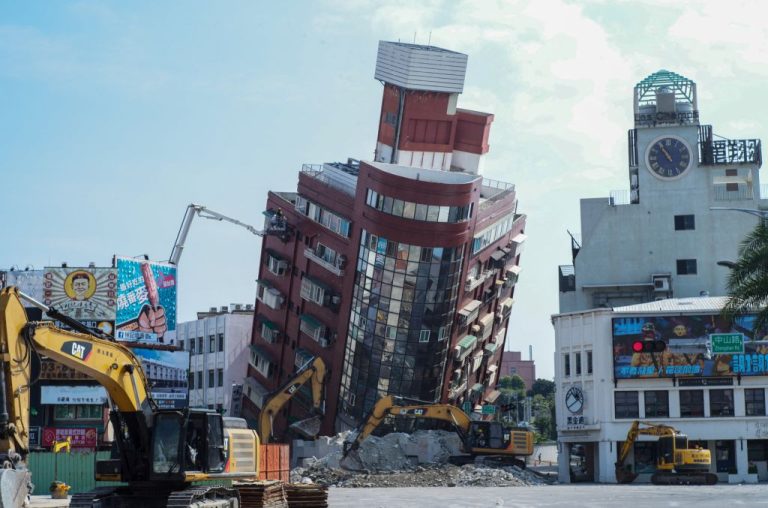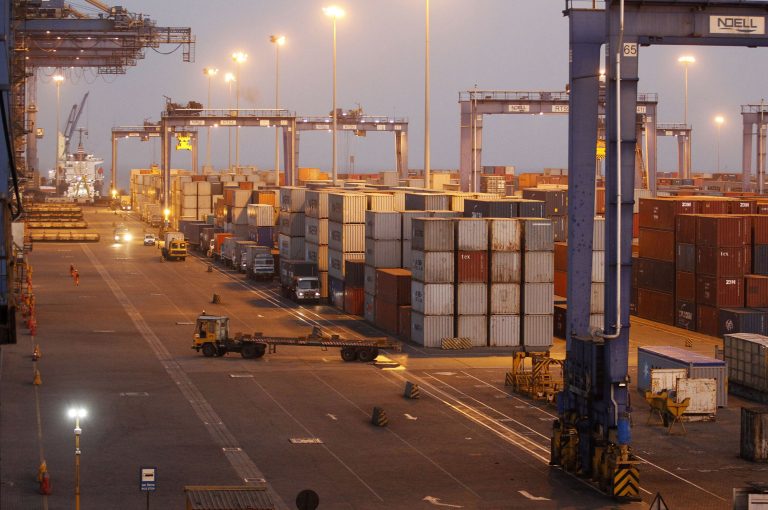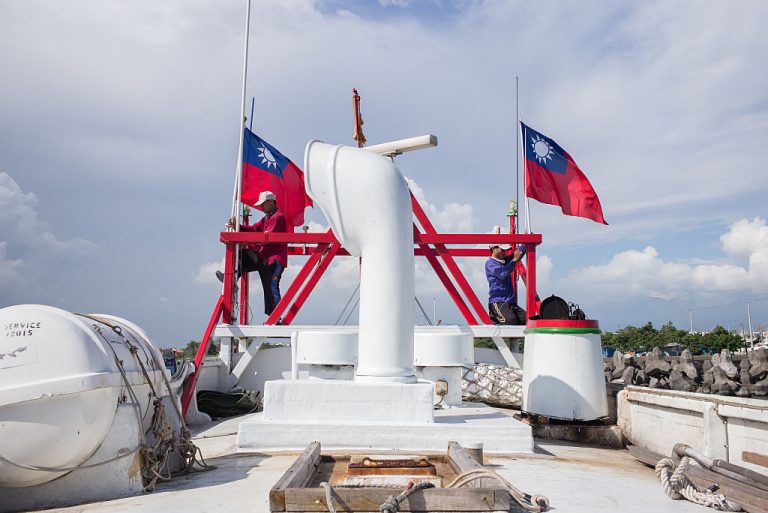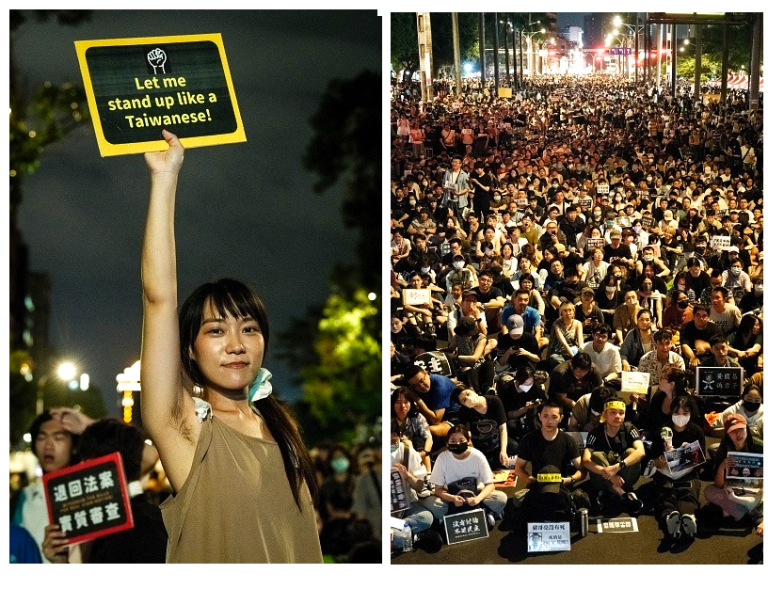On April 3, Taiwan experienced its most powerful earthquake in nearly 25 years. The tremor, which had a magnitude reported between 7.2 and 7.4, struck off the coast near the eastern city of Hualien just before 8 a.m. local time, causing widespread destruction and prompting tsunami warnings as far away as Japan and the Philippines.
Now, as rescue efforts intensify, the Taiwanese government updated the death toll to 10, along with more than 1,000 people who sustained injuries related to the quake. Rescue teams — both local and international — are searching through piles of rubble in hopes of finding survivors and providing aid to those affected.
Authorities also warned of “dangerous aftershocks” that will likely continue to rattle the island for days, or even weeks, to come.
Immediate aftermath
The seismic event led to the collapse of dozens of buildings, interruption of essential services, and a brief tsunami that affected southern Japanese islands. Despite the widespread panic that ensued, there were no immediate reports of fatalities — showcasing the effectiveness of Taiwan’s preparedness measures in the face of natural disasters.
“It was terrifying — everything was shaking, so I ran to the bathroom to hide. That’s what we’re told to do during earthquakes,” a resident in Taipei told Vision Times.
Success
You are now signed up for our newsletter
Success
Check your email to complete sign up
A particularly harrowing scene unfolded in Hualien, where a five-story building suffered significant damage after its first floor collapsed, leaving the structure at a precarious angle. The disaster scene was emblematic of the quake’s force, which also caused landslides and infrastructure damage across the self-ruling island.
RELATED: New Year’s Day Earthquake Shook Japanese Nuclear Power Plant Beyond Safety Limits
Following the quake, the Taiwanese government’s response was swift — ordering evacuations and the suspension of train and subway services to ensure public safety. The national legislature (where Taiwan’s top ruling body meets in Taipei), along with other government structures, also suffered damages. This prompted evacuations and a halt to the day’s activities.
Frantic rescue efforts underway
“Now, we are also asking the Meteorological Agency to make the latest weather forecast to see if the weather allows the aircrew to carry relevant personnel and supplies into the Tianxiang area,” said Taiwan’s Minister of the Interior Lin Yu-chang in a social media post. “As long as the weather allows, we will take every minute to rescue the people trapped and in need of rescue.”

According to Taiwanese officials, nearly 700 people are marooned near the Silks Palace Hotel and Tien Hsiang Youth Activity Center in Hualien County. A rescue station established in the vicinity is poised to deliver essential support in emergencies and strategize evacuations for those affected, the officials added.
Meanwhile, Taiwan’s tech sector, which is vital to the global economy, was also affected. Taiwan Semiconductor Manufacturing Company (TSMC), the world’s leading semiconductor manufacturer, temporarily evacuated its production lines and evacuated its workers. The company cited safety concerns and the need to assess the structural integrity of its facilities following the quake.
“To ensure the safety of personnel, some fabs were evacuated according to company procedure,” the company said in a statement. “We are currently confirming the details of the impact.”
Far-reaching aftershocks
But the quake’s effects were felt well beyond Taiwan’s shores, with tremors detected as far away as Shanghai. The Pacific region braced for potential tsunamis, while Japan and the Philippines issued warnings for its coastal areas and urged residents to prepare for potential aftershocks and seismic activity. In Japan, alerts were particularly focused on the Okinawa region, where military aircraft were deployed to assess and provide information on the impact.
Located on the Pacific “Ring of Fire,” Taiwan is highly susceptible to seismic activities. The region is known for having large volcanic eruptions that trigger the movement of tectonic plates and thereby, earthquakes.
Every year, Taiwan experiences numerous earthquakes — with many of them being of small magnitude and thus not felt by most residents. However, the island also records several stronger earthquakes that are capable of causing extensive damage and are felt by its population.
According to the Central Weather Bureau of Taiwan, which monitors seismic activity, the region can experience “over a thousand seismic events” in a year, including both minor tremors and more substantial quakes.







